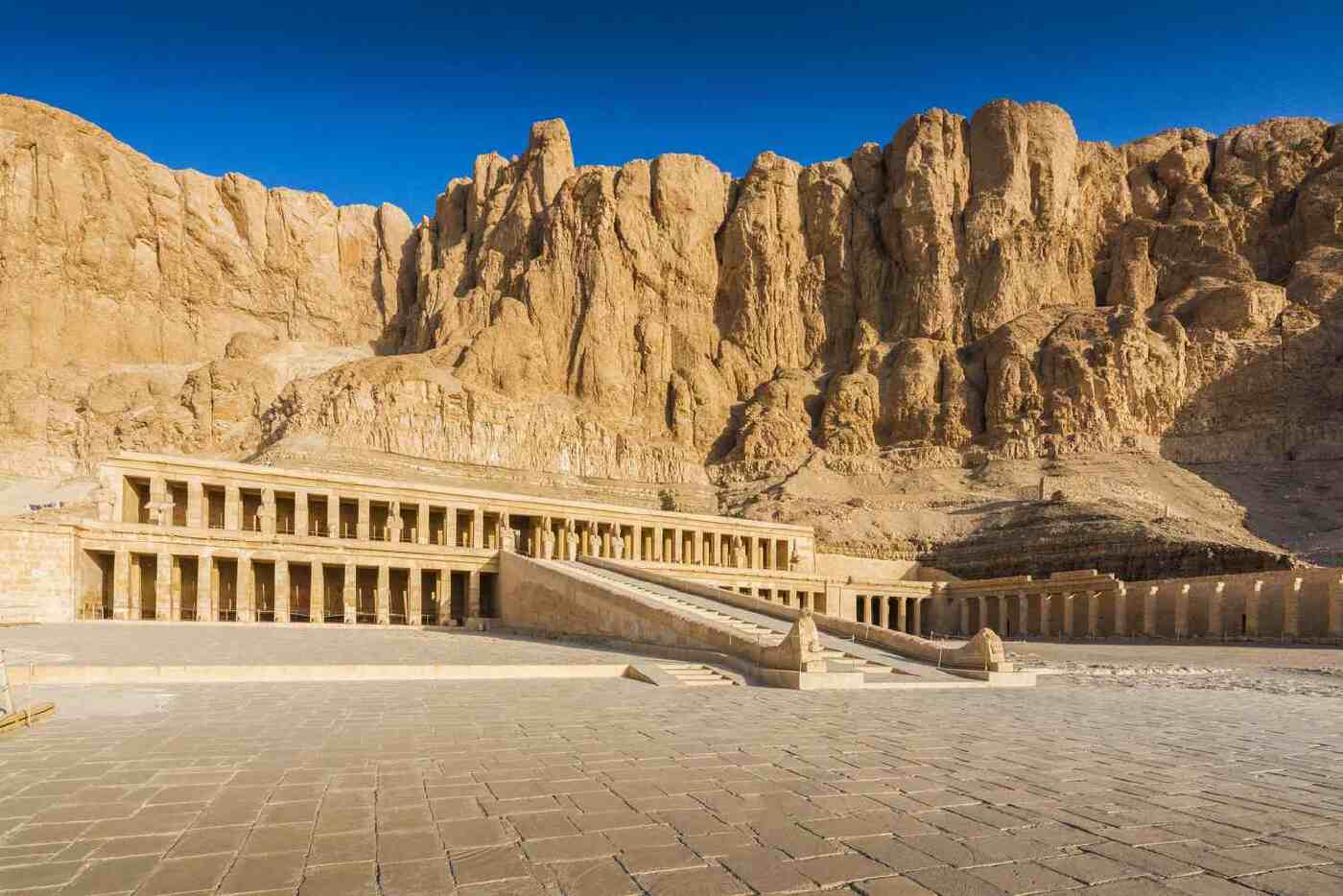Cultural, historical, adventure, and custom customized trips are just a few of the tours that Deluxe trips offer in Egypt and Jordan.

The Valley of the Kings is located on the west bank of the Nile River at Luxor and is among Egypt's most well-liked and historically important sites. It was the necropolis of the pharaohs and nobility of the New Kingdom—kings who governed Egypt from around 1550 to 1070 BC during its 18th, 19th, and 20th dynasties.
This ancient treasure is more than a mere tourist site—it's a glimpse into the religion, death ceremonies, and engineering feats of ancient Egypt. The valley has over 60 tombs, including that of King Tutankhamun, whose unlooted burial chamber was discovered in 1922 by Howard Carter.
The Valley of the Kings then served as the principal burial site for Egyptian pharaohs. Instead of massive pyramids, the tombs were hidden among the cliffs to keep potential grave robbers out.
The tombs had all been carved deeply into the limestone cliffs and were richly decorated with hieroglyphics and paintings of the Book of the Dead, which were designed to help the pharaoh navigate the afterlife.
Some of the best-known tombs in the Valley are:
– King Tutankhamun: Recessive in size, yet the most famous thanks to the discovery of the boy king's almost intact tomb.
– Seti I: One of the most elongated and most artistically important tombs.
– Sons of Ramses II: A gigantic tomb complex thought to contain more than 100 chambers.
Each tomb has a unique story and something to say about royal customs, religious beliefs, and burial practice.
Valley of the Kings tombs were very carefully designed. Long corridors, steeply sloping ramps, extensive spaces, and vibrant wall paintings adorned with magical texts and underworld deities all reflect the Egyptians' obsession with life beyond death.
While the tombs were meant to remain sealed forever, centuries of natural erosion and looting led to the exposure of many, yet still, much remains to be unearthed.
When visiting the Valley of the Kings, here are a few must-see tombs:
Tomb of Ramses III: Known for its colorful wall reliefs and wide corridors.
Tomb of Merenptah: The burial site of Ramses II’s successor.
Tomb of Tutankhamun : Legendary, but little; separate ticket needed to visit.
Pro Tip: The general admission ticket provides access to 3 tombs. Separate tickets are needed for special tombs such as Tutankhamun and Seti I.
Valley of the Kings is located in Luxor, so it's a priority on any Luxor Day Tour. Transport, entrance fees, and an Egyptologist guide are often part of most tours.
It's worth visiting early morning before the desert sun reaches its hottest. Sun cream, hat, water, and sensible shoes are advisable—the terrain is rough and it's a long trek.".
The valley was central to ancient Egyptian religion and afterlife. The tombs were considered a portal to the world hereafter. The Valley is not merely important historically but religiously and culturally important, symbolizing the Egyptians' reverence for their gods and rulers.
A Luxor tour would not be complete without seeing other antiquities including the Karnak Temple, Mortuary Temple of Hatshepsut, and the Colossi of Memnon. These sites are the central part of Egypt's pharaonic history and are the best place to visit for history lovers.
You can gain more information regarding Luxor City and sites to visit to compile your whole itinerary.
Conclusion
Egypt's Valley of the Kings is an timeless place where legend and history converge. Whatever your passion – history, archaeology, or wonderlust – this Luxor royal necropolis is one place you cannot afford to miss.
Book your guided Luxor tour now and travel through the ages to walk the revered paths of Egypt's great rulers.
Discover now our answers to the most common questions that may come to your mind about tourism and trips to Egypt
Cultural, historical, adventure, and custom customized trips are just a few of the tours that Deluxe trips offer in Egypt and Jordan.
The Dead Sea, Petra in Jordan, the Pyramids of Giza, Luxor's historic temples, and many other famous sites can be expected to be explored with Deluxe Tours.
offer a hassle-free holiday, Deluxe Tours' packages generally include lodging, transport, meals, guided tours with experienced local experts, and entry fees to attractions.
Spring (March to May) and fall (September to November) offer the finest weather for sightseeing and outdoor activities, making those months the best times to visit Egypt and Jordan.
These two countries are close by, only a 1.5-hour flight apart, and when combined, offer a variety of distinctive experiences. We advise you to spend at least 12 days visiting both countries for a truly unforgettable experience
Combining the eclipse viewing with visits to historic sites like the Pyramids of Giza, the Valley of the Kings, and a Nile River cruise are highly recommended.
